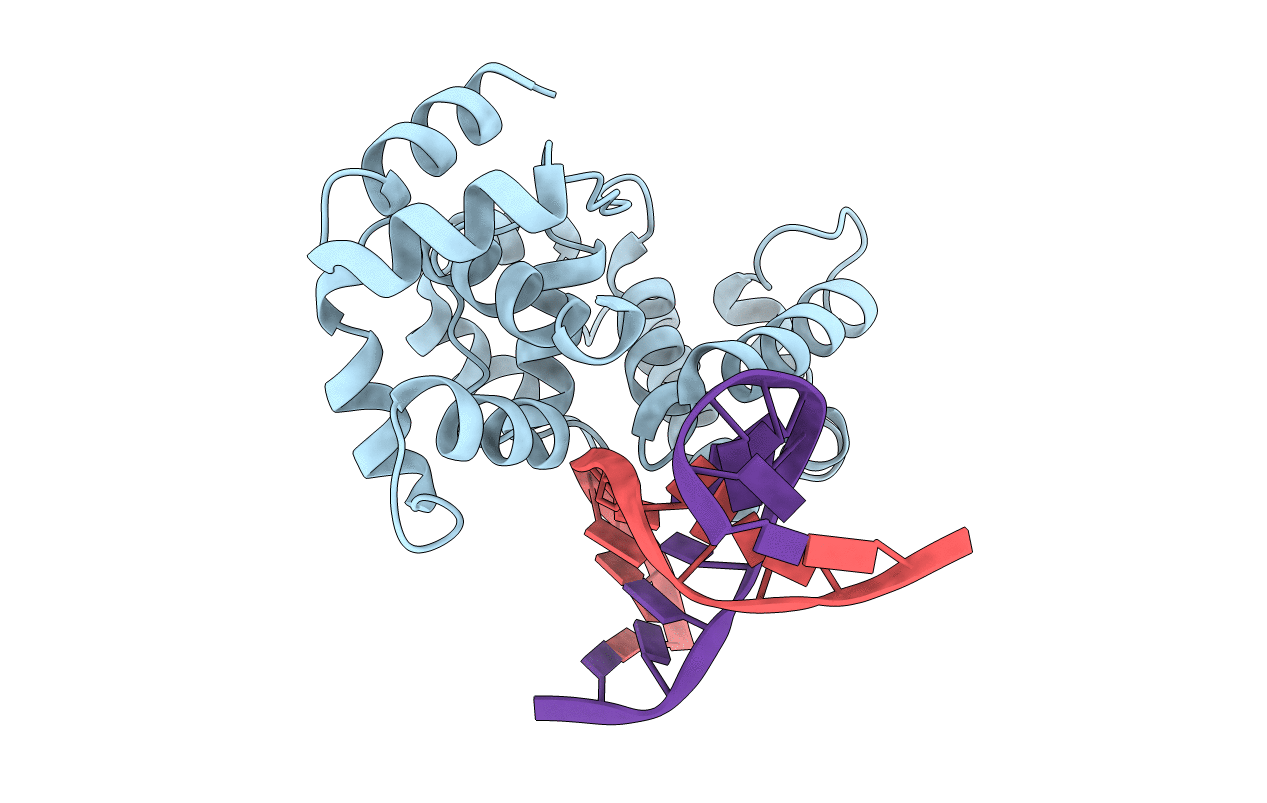
Deposition Date
2012-07-12
Release Date
2013-01-09
Last Version Date
2024-05-08
Entry Detail
PDB ID:
4B22
Keywords:
Title:
Unprecedented sculpting of DNA at abasic sites by DNA glycosylase homolog Mag2
Biological Source:
Source Organism:
SCHIZOSACCHAROMYCES POMBE (Taxon ID: 4896)
SYNTHETIC CONSTRUCT (Taxon ID: 32630)
SYNTHETIC CONSTRUCT (Taxon ID: 32630)
Host Organism:
Method Details:
Experimental Method:
Resolution:
1.90 Å
R-Value Free:
0.28
R-Value Work:
0.28
R-Value Observed:
0.28
Space Group:
I 2 2 2


